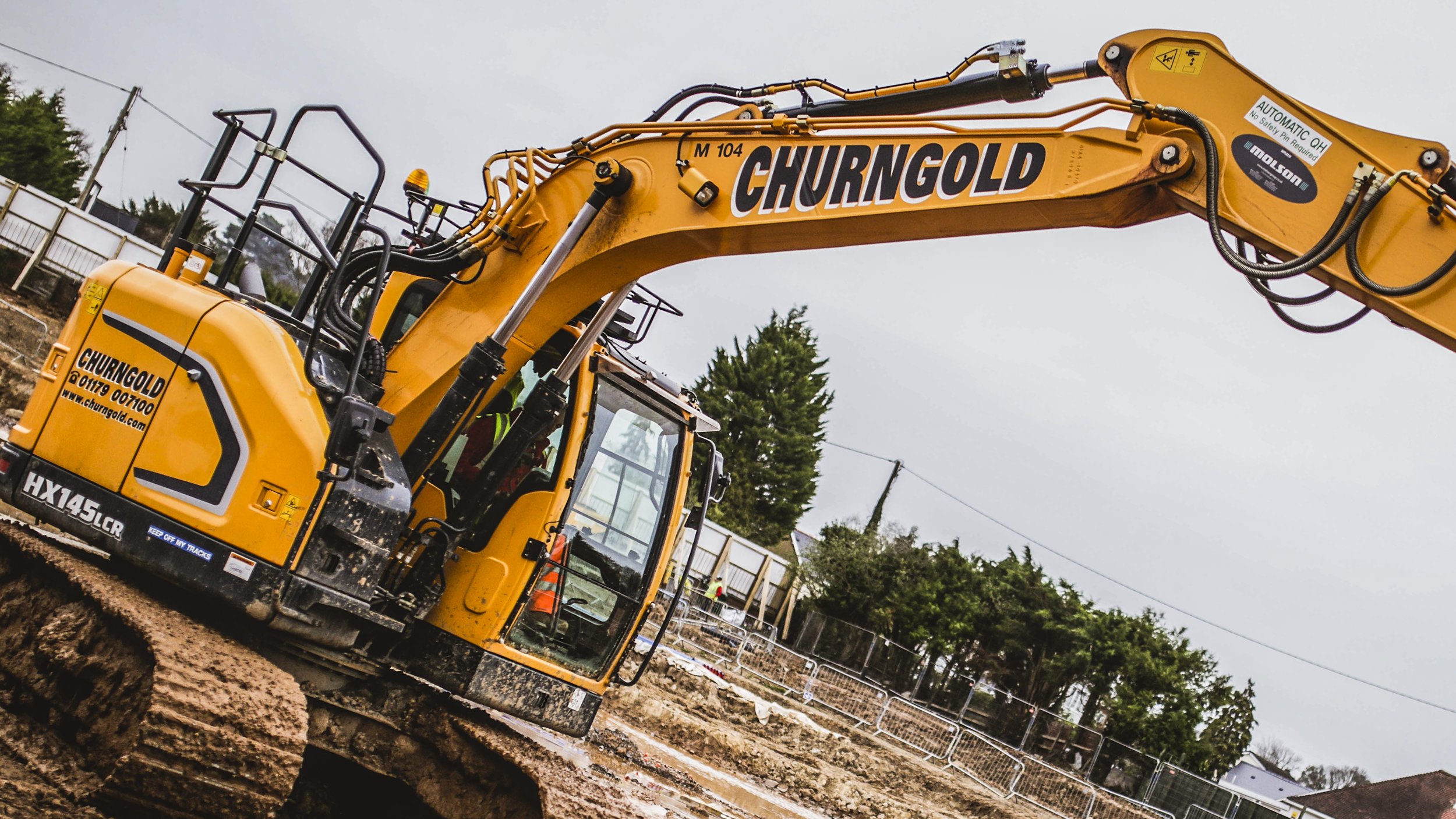
Sectors
-

Enabling Works
Site preparation, clearance, and utility diversions.
-

Groundworks
Excavation, foundations, drainage installation, and concrete structures.
-

Earthworks
Site levelling, soil stabilisation, and material import/export.
-

Civil Engineering
Infrastructure design, roadworks, drainage systems, and more.
-

Remediation
When it comes to environmental challenges, Churngold Construction’s remediation services are designed to restore and revitalise sites, ensuring they’re safe, compliant, and ready for development.
